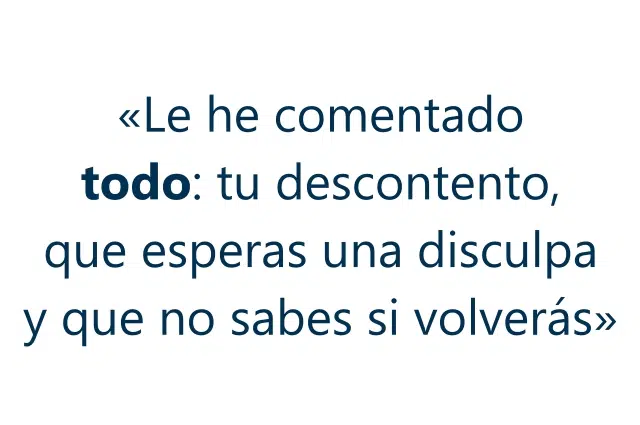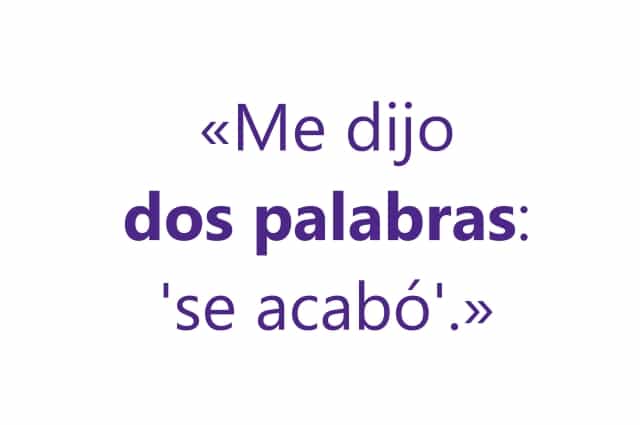
The word "everything" anticipates detailed information.
The late Latin word cataphŏra , which refers to the "decline of a star" , came into Greek as kataphorá (translatable as "fall" ). The concept arrived in our language as a cataphora , which is used in the field of linguistics.
Anticipation of the speech
The link that is established between a grammatical element and one or more words that, in the discourse, are mentioned later is called a cataphora. In this way, the cataphora implies anticipating something that will be expressed later .
Let's see an example . Someone may comment: "I had warned you about this, that the situation was going to get complicated after the summer." In this case, the cataphora is forged between "this" and "that the situation was going to get complicated after the summer." As can be seen, the person first makes a preview of a warning he or she made and finally details what it is that, precisely, he or she was in charge of warning.
The cataphora is usually considered to be a deixis or deixis . That is, a reference to an expression, a place, a person, etc., which is made through certain grammatical elements. There are also those who qualify her as a literary figure .
"I have everything I need for the trip: the bag with clothes, the tickets, my personal documents and the wallet with money" is another example of a cataphora. In the first part of the sentence , we can find an allusion to "everything necessary for the trip" , while in the second section the cataphora is specified with the mention of "the bag with the clothes, the tickets, my personal documents and the wallet with money .
Textual cohesion
A very important detail when studying the cataphora is that it allows us to develop a consistent, solid discourse , but without falling into repetition. Although in the previous examples it would not be necessary or normal to repeat the information presented, let's look at a case in which we should do so if this figure did not exist: "Yes, we are still waiting for him, but Juan is always late" ; If we could not use the personal pronoun "lo", which designates "John", we would be forced to repeat his name as many times as we wanted to refer to him throughout the message .
Speaking specifically of textual cohesion , it is the property of discourse that makes it easy to understand because its ideas are organized. We should always aim to construct our messages in this way, in addition to achieving two other essential objectives of good communication:
* avoid contradiction, that is, speak coherently ;
* take advantage of adaptation , using the best formulas for each context .
Anaphora
Another concept that is related to the anaphora is the anaphora, which at first glance presents the information in the opposite order: while the anaphora does so afterwards, the anaphora places it before the term that replaces it. Let's see an example of the same sentence written in two different ways, using these two figures:

Unlike anaphora, the information is presented at the end.
* "He's very stressed, that's why he doesn't respond to your messages." The anaphora presents us with the information first and then replaces it with “that”;
* "That's why he doesn't respond, because he's very stressed." The ataphor, on the other hand, begins with the substitute term.
Of course, we can also express the same thing without using either of these two figures of rhetoric: "He doesn't respond because he is very stressed." However, in this way the sentence can lose some intensity and coherence with the rest of the conversation, since its rigidity makes it less natural. Let's imagine that the interlocutor makes several comments about the problems that the subject is going through in his or her work life; In response, the sender can use either of the first two sentences to add information. If you simply used the third, you would appear to be talking to yourself.
